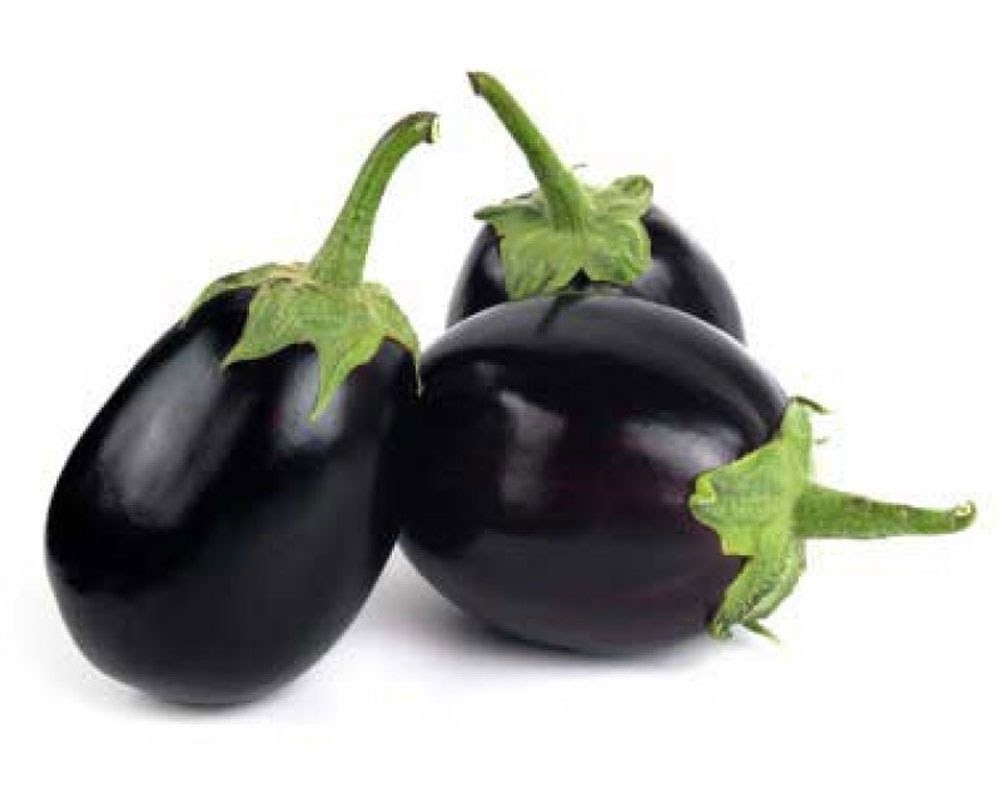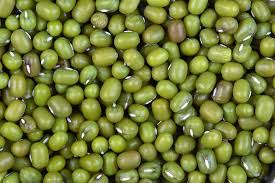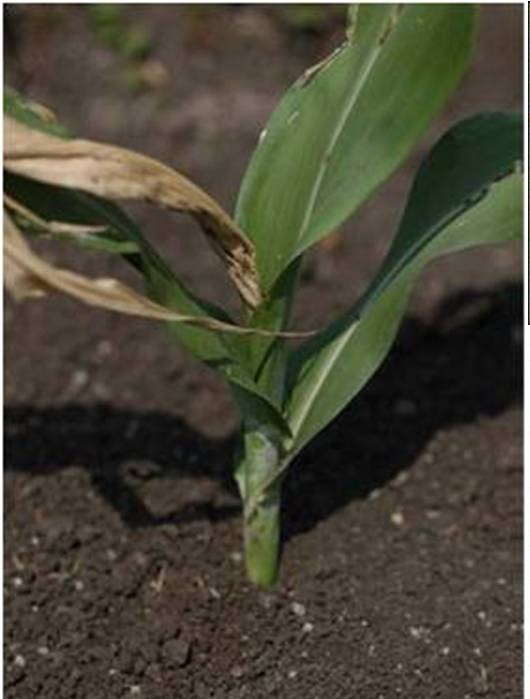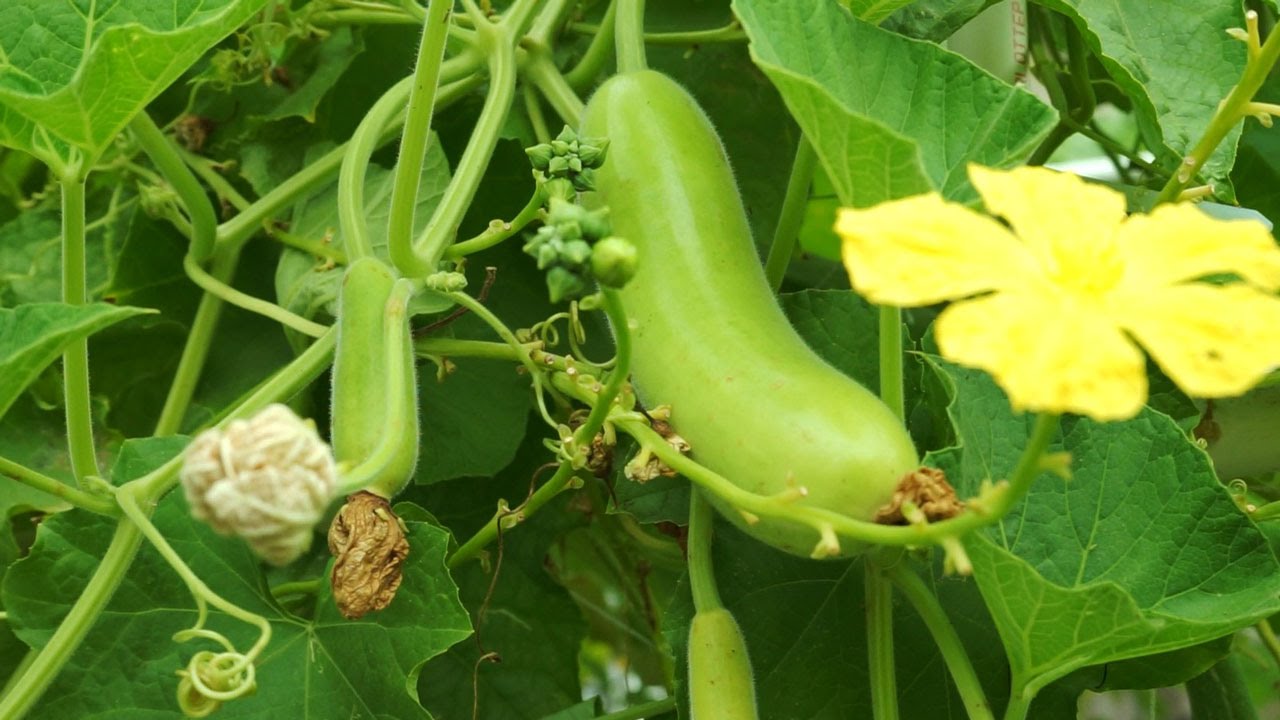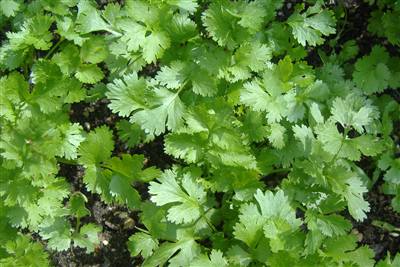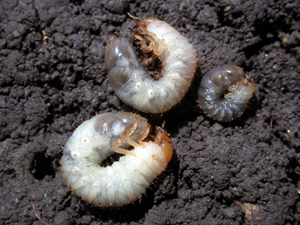To increase the production by 50%, we should take three important measures in the soil
- Increasing the amount of nutrients in the soil.
- Improve the physical condition of the soil.
- Maintaining the balance of pH in the soil.
- To increase the amount of nutrients in the soil
- After harvesting the previous crop, the crop residues should not be destroyed by fire.
- After harvesting, cultivate the farm twice, so that the crop residues dissolve and provide nutrients to the plants.
- Apply FYM @ 10 t/acre OR Vermicompost 2.5 t /acre + SSP @100 kg apply at the time of ploughing in the field.
- Apply (1 kg of micronutrients + PSB 2 kg + KMB 2 kg + NFB 2 kg + ZnSB 4 kg + Trichoderma 2 kg) per acre on sowing time.
2. To improve the physical condition of the soil –
- If the farmer having an adequate amount of water plough the field after harvesting and mix speedkampost @ 4kg/acre, after mixing provide one irrigation.
- In 15-20 days, crop residues with the help of Speed kampost disintegrate well and improve soil structure.
- 3. For the pH balance of soil –
- To control the soil pH, slow-release nutrients should be used.
- Fertilizers should be used in a balanced amount of more Acid and Base content.
- The soil pH rage maintains between 6.0 to 7.0 for good production of crops.
- For the improvement of acidic soil, the amount of calcium carbonate should be applied according to the soil test report.
- For the improvement of alkaline soil, gypsum should be applied according to the soil test report.
Like and share with other farmers by clicking on button below.
Share
